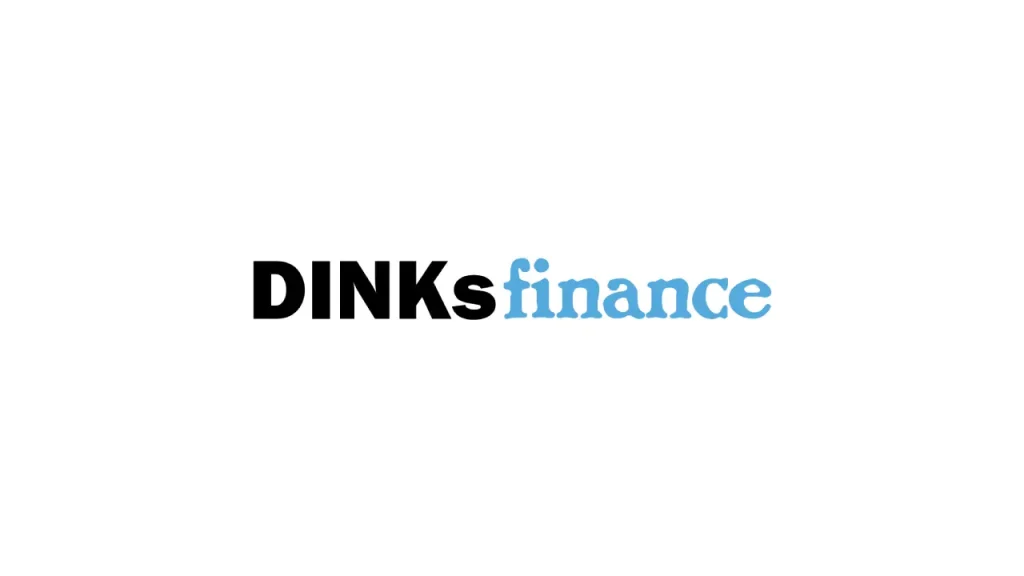The mutual fund industry is constantly coming out with new options for spending your money. In particular one new innovation – target date funds – have recently garnered billions of dollars in cash inflows. These funds are now appearing in many retirement plans and therefore merit some discussion here at the DINKS.
In a nutshell, target date funds cater to investors who prefer to use one investment to save for a particular investment goal – usually retirement. A target date fund is a diversified mutual fund that automatically shifts towards a more conservative mix of investments as it approaches a particular year in the future, known as its “target date.” A target date fund investor picks a fund with the right target date based on his or her particular investment goal. For example, if you intend to retire in 40 years, the fund will have an investment strategy which accounts for that. The managers of the fund then make all decisions about asset allocation, diversification, and rebalancing. It’s simple to identify a target date fund because its name will usually refer to its target date. For example, you might see funds with names like “Portfolio 2065,” “Retirement Fund 2040,” or “Target date 2025.”
The funds have a number of commonly touted advantages. These advantages include diversity, professional management and low minimum investments. They also require little ongoing management on the part of fund holders – you just have to buy them once and theoretically you wouldn’t have to rebalance or make any changes to your portfolio until retirement – the fund basically puts your money on autopilot.
They do have some drawbacks:
1) Many target date funds are susceptible to market downturns. The funds usually change their allocations to include more bonds as the target date gets closer. However, in an environment in which both bonds and stocks lose value these funds won’t protect your capital -they get stuck along with everyone else. This is because there isn’t any guarantee the stock or bond markets will continue to be profitable. For some investors, especially those nearing retirement a large catastrophic loss can be especially problematic.
2) Individuals have little say over what the fund managers are doing. The 2006 Pension Protect Act that allowed the implementation of target date funds was motivated by findings in behavioral finance which found that many people needed fewer choices in order to save. That is, most people did not voluntarily contribute to their retirement. The policy solution was to allow money to be deducted directly from worker’s paychecks. In effect allowing companies and fund managers to take money without explicit permission. This spirit of paternalism seems to be extended somewhat to the fund manager’s decisions regarding asset allocation. So, if you have money in a target date fund, but feel the fund manager’s asset allocation decisions aren’t for you – you don’t have any options. They are effectively one size fits all solutions designed to solve problems for broad classes of people, they are not focused on meeting investing needs for particular individual circumstances.
3) Management performance may not merit fees. Essentially when you buy a mutual fund, you are hiring a fund manager in return for a set of fees and charges. As is well known in the finance industry many fund managers can’t beat the overall performance of benchmark indicators like the S&P 500 or Russell 2000. Target date funds are no exception to this rule. You still might get stuck with a cruddy manager and high fees. In addition, many target date funds will only invest in funds from their particular family (e.g. T-Rowe Price, Vanguard or Fidelity). In so far as the fund family has issues (fees, poor management, idiocy, etc.), you’ll get stuck with the problem.
So, here is the bottom line with target date funds: they can be a potentially important investment tool, but their drawbacks suggests that need to keep an eye on them.
Thanks,
James H.




Right on James: “they can be a potentially important investment tool, but” they need major improvements. As you say, the benefits of target date funds are diversification and risk control (professional management). Both could be better.
• Diversification is inadequate because most TDFs are predominately US stocks and bonds. Some TDFs have recently touted reduced fees, but be careful. Low fees equate to low diversification since diversifying assets command a high price, namely commodities, real estate, natural resources, foreign stocks and bonds, etc.
• Similarly, TDFs are too risky. We learned this lesson in 2008 when the typical 2010 fund lost 25%. Nothing has changed since so the vulnerable remain exposed to large losses as they near retirement, which is shocking.
These shortcomings exist because fund companies are selling product, rather than solutions. It’s no surprise that PIMCO is mostly bonds (80%) at the target date while Alliance Bernstein is 70% equities. The target date is critical for profits since that’s when account balances are their highest. It’s also critical to participants because life styles are at stake. There is a conflict of interest. Fund companies say the wide dispersion of equity allocations at target date is because of demographics – undersavers need more risk than the wealthy. Don’t believe it. There is a better way. To learn more about what target date funds should be please visit me at the Fiduciary Corner of Target Date Solutions: http://www.targetdatesolutions.com/fiduciary-corner.html
Most of my 401k is in a target date fund, the target is so far off tho that I’m assuming they feel free to invest in just about anything.